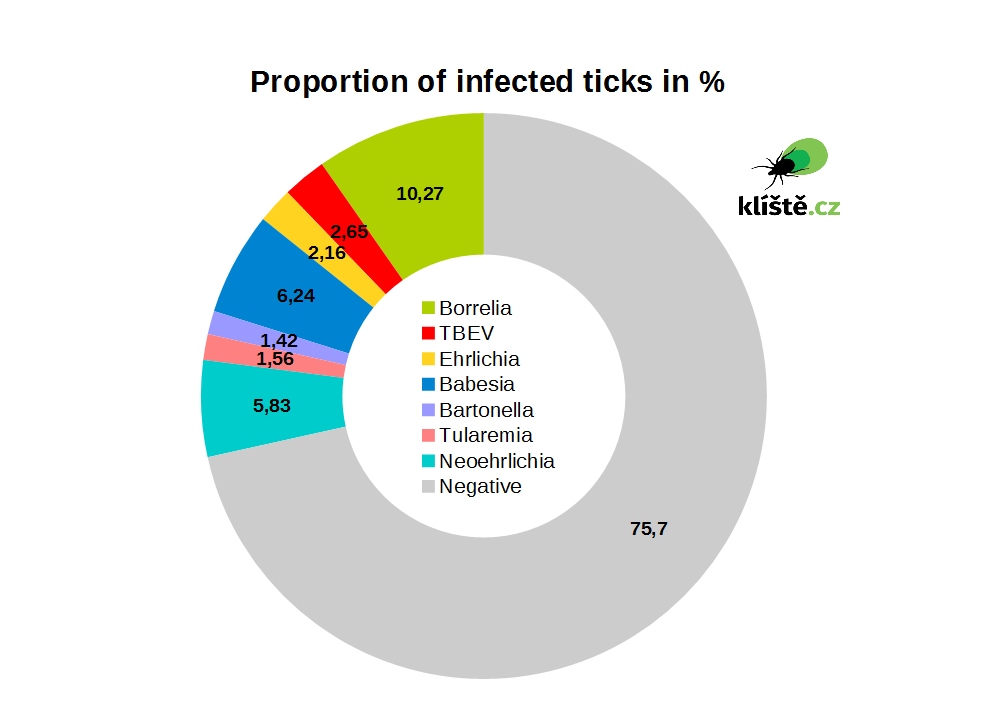Tularemia
Tularemia is a serious infectious disease caused by pathogenic microbes, that affects humans and animals. It spreads within a focal terrestrial localization. Its transmission is greatly aided by ticks. Humans can be infected when processing meat of infected animals or directly from a tick bite.
Disease causative agent
Tularemia is caused by the Gram-negative bacterium Francisella tularensis, discovered in 1911 in the USA near the town of Tulare (where its name comes from). This bacterium can be found all over the world and is extremely resilient. It can survive for months inside the soil or a dead organism. Francisella tularensis is a highly virulent pathogen that can be easily transmitted by air (inhalation). It is therefore classified as a high-risk biological agent that could be misused for the production of airborne biological weapons.
Disease symptoms
Symptoms of tularemia depend on the means of infection. After inhalation, the lungs or eye conjunctival sac are affected. When infected through the skin, the skin itself, subcutaneous ligament, lymph nodes and internal organs can be affected. Another way of infection is oral – the consumption of infected meat or water affect the intestines and internal organs. The incubation time stretches from 4 days to 3 weeks. Symptoms are serious with febrile conditions, lymph node swelling, lesions and necrosis of the liver and spleen. The disease can also transition into a chronic phase. In absence of treatment tularemia can result in death.
Treatment
Treatment of tularemia primarily consists of administration of antibiotics. Effective drugs include doxycycline, ciprofloxacin, levofloxacin, gentamycin and streptomycin. According to research, many isolated strains of the pathogen are sensitive to the cited drugs. However, the majority of isolated strains is highly resistant to frequently used beta-lactam antibiotics (e.g. amoxicillin). This fact must be considered when choosing adequate treatment.
Prevalence of pathogens in ticks were assembled based on ticks analyzed in Protean s.r.o. laboratories.
